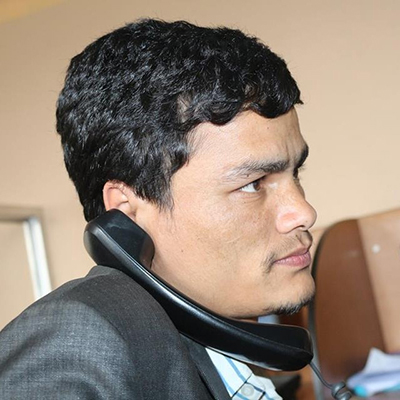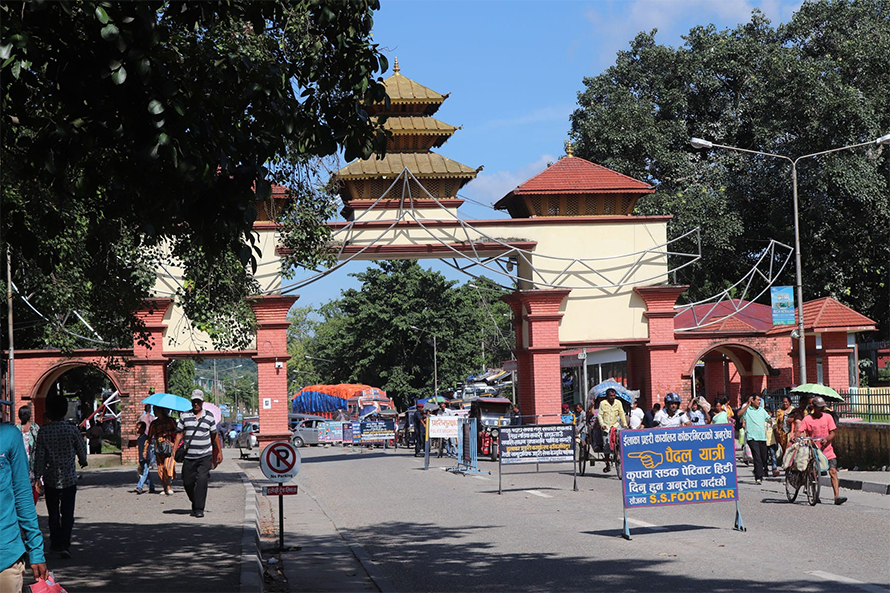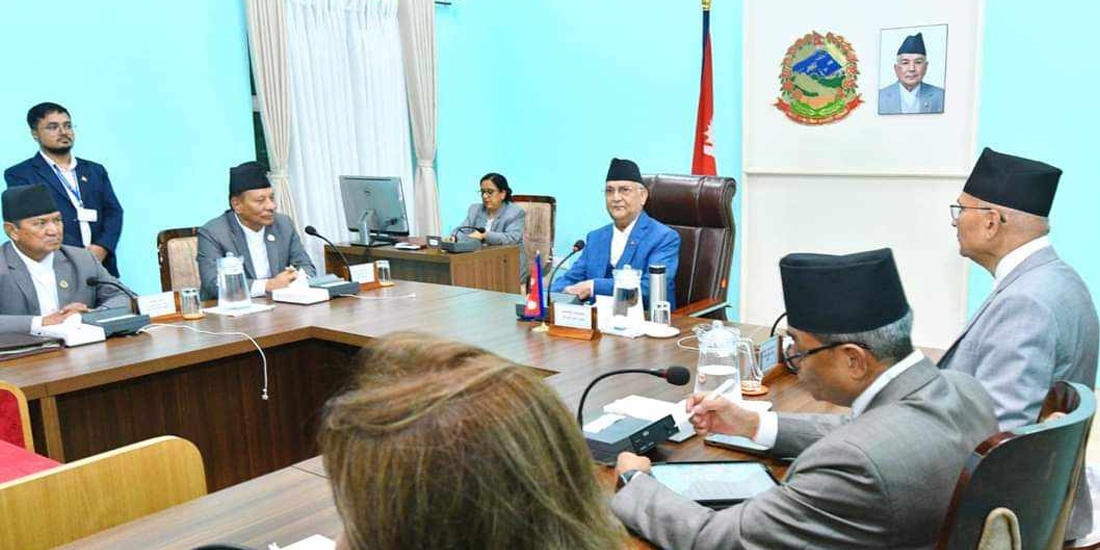Child labour on the rise: 300 thousand children involved in child labour across the country

KATHMANDU: Today, World Day Against Child Labour is being celebrated with various programs all over the world. In Nepal, programs have been organized through virtual media in the midst of the COVID pandemic. Despite various programs conducted by the government on the occasion of the day, it has been found that child labour is increasing instead of decreasing in Nepal.
According to the Nepal Labour Force Survey conducted by the Central Statistics Office, 2076, about 286,000 children under the age of 17 are involved in economic activities in Nepal. However, not all of them are child labourers, said Tirtha Raj Chaulagain, an information officer who is also the director of the department.
According to the National Census of Nepal 2068, 1,04,714 children were found to be involved in child labour in Nepal. Of them, 56,276 are boys and 48,447 are girls.
According to the Nepal Multi-sectoral Cluster Survey, 2071 BS, compiled by the Central Statistics Office, 37.4 percent of children in the age group of 5 to 17 years are involved in child labour. 27.9 percent of children in the age group of 5 to 11 years are involved in working for at least one hour. Of them, 29.9 percent are boys and 26.5 percent are girls.
The age group of 12 to 14 years is less than 14 hours involved in the work i.e. 44.2 percent. Of them, 43.4 percent are boys and 44.8 percent are girls. More than 14 hours is 15.2 percent. Of these, 12.3 percent are boys and 17.6 percent are girls.
The constitution and law prohibit the use of children in dangerous work. Provisions for reduction of child labour have also been formulated in the policy and plan. The government and development partners have also been assisting in the implementation of various programs targeting child labour. However, the problem of child labour still persists, said Tarak Dhital, former Executive Director of the Central Child Welfare Committee.
According to him, awareness and support programs against child labour have been running in Nepal for decades by government and development partners. But as a result, significant efforts have been made to reduce child labour in some metropolises and cities, Dhital said. According to him, the process of making hotels, restaurants, markets, wards and cities child labour free has also begun.
Despite the legal provisions against child labour, children are involved in domestic labour including restaurants, transportation, construction, agriculture, small and cottage industries, carpet factories, brocade factories, and others said the Joint Secretary of the Ministry of Labor, Employment and Social Security Binod Prakash Singh. According to him, there have been cases of children being involved in risky activities lying their age.
According to the National Child Rights Council, 79 children have been affected by 23 incidents involving children in various activities published in various national dailies and electronic media in the fiscal year 2076/07. Of them, 57 are boys and 22 are girls.
According to Milan Dharel, executive director of the council, 67 children have been involved in various activities to meet their education expenses and nine have been involved in domestic and hotel activities and three in public transport. According to him, 10 children under the age of 10 and below were also involved in the work.
Child labour is being used due to the fact that children are paid less than adults and it is easier to make them work for a longer period of time. Child labour is still prevalent in some areas due to a lack of awareness about child labour in society and social acceptance of child labour and lack of support programs for children in difficult circumstances.
As there is a shortage of manpower due to foreign employment, the contractors have been using various financial temptations to use children as an alternative.
According to the 2068 BS census, the number of children under 18, 16 and 14 years is 41.84, 37.37 and 32.35 per cent respectively.
What are government programs and plans to end child labour?
In the Fifteenth Plan (2076 / 077-2080 / 081) of the National Planning Commission, the nation has adopted the strategy of making necessary arrangements to end all forms of child labour. Under the Sustainable Development Goals, effective measures will be taken immediately to end all forms of child labour by 2025.
The second 10-year National Master Plan on Prevention of Child Labor (2074-083) issued by the Ministry of Labor, Employment and Social Security has been implemented. The objective of this master plan is to make the Nation child labour free by completely eliminating all forms of child labour. The goal of the master plan is to eliminate inferior and exploitative types of child labour by 2079 BS and all types of child labour by 2082 BS.
What is the legal provision against child labour?
Article 39, Clause 4 of the Constitution of Nepal prohibits the employment of any child in factories, mines or other such dangerous work. The Children’s Act, 2075 defines a person under the age of 18 as a child. Sub-section 6 of Section 7 of the Act states that every child has the right to protection from economic exploitation.
It has ensured that children can be protected from any work that harms them, hinders their education, harms their health, physical, mental, moral and social development. Sub-section 9 stipulates that children under the age of 14 should not be employed in hazardous work or as domestic workers or labourers.
Pursuant to Section 5 of the Labour Act, 2074 BS, no one should employ children in any work that is against the law. According to Article 48 of the Children’s Act, 2075, there is a legal provision that the child welfare officer should provide necessary services to the children in such a situation if they are children of forced or bonded nature or of risky or inferior nature or engaged in labour contrary to the prevailing law.
The Convention on the Minimum Age for Employment under the International Labour Organization, 1973, No. 138, prohibits the employment of children under the age of 18 in hazardous labour. However, in the case of countries that do not have adequate economic and educational facilities, there is a provision that children can be employed from the age of 14 if they are fully protected in terms of adequate education, health and morality.
The Convention on the Elimination of All Forms of Child Labor, 1999, No 182, was ratified by the Government of Nepal in 2003 and 2004, respectively. In accordance with the provisions of this Convention, initiatives shall be taken to prevent children from engaging in hazardous child labour, to provide necessary and appropriate direct assistance for the rescue and reintegration of children from hazardous child labour, to provide free education to children freed from hazardous child labour and to provide appropriate vocational training. Including arrangements have been made.
Nepal has also signed Article 124 of the Convention on the Elimination of All Forms of Forced Labor, 2001, and Article 144 of the 2001 Convention on the Agreement to increase the implementation of international labour standards.















